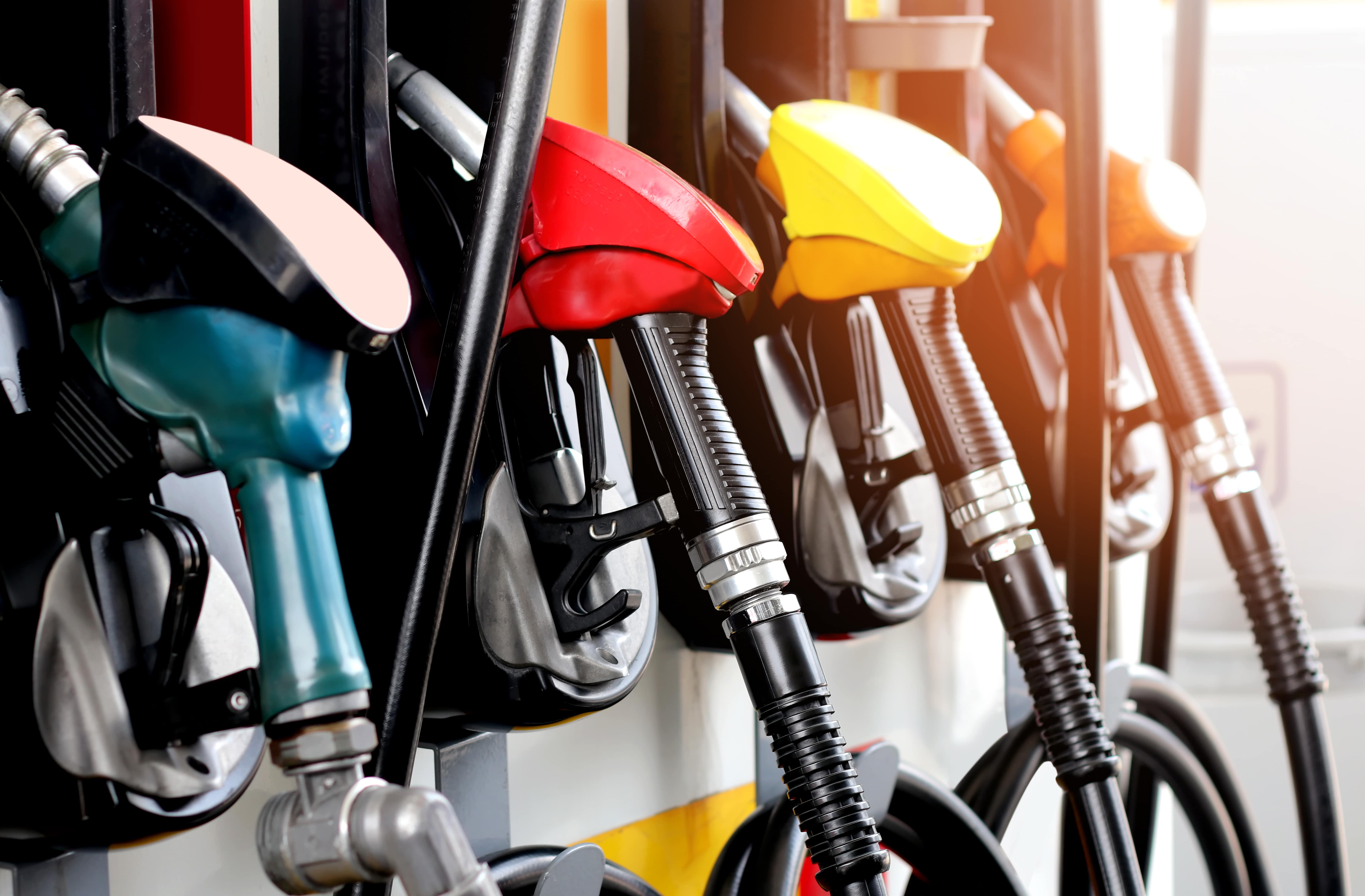
Guest
Consigli per il risparmio di carburante per gli autisti di camion
Creato: 16/08/2024
•
Aggiornato: 10/10/2024
Il risparmio di carburante dei veicoli è uno degli aspetti più importanti che incidono sui costi delle aziende di trasporto. È fondamentale capire come migliorare l'efficienza del carburante, sia come manager che come autista. Noi di SNAP ci proponiamo di fornire un supporto professionale a tutti coloro che si occupano di trasporto merci, perciò abbiamo preparato un elenco di consigli che possono aiutare a migliorare l'efficienza dei consumi su strada.
Perché il risparmio di carburante è così importante?
Per comprendere appieno l'importanza dell'efficienza dei carburanti, vale la pena di considerare il ruolo che i costi del carburante giocano nei bilanci delle aziende di trasporto. Secondo diversi rapporti, il costo del carburante può essere responsabile di una percentuale compresa tra il 25% e il 35% della spesa degli operatori di flotta. L'utilizzo di suggerimenti per il risparmio di carburante può ridurre notevolmente i costi, consentendo di liberare una parte importante del budget per altri investimenti.
Un altro aspetto per cui vale la pena consumare carburante è l'ecologia. Nonostante i veicoli elettrici stiano lentamente prendendo piede nel trasporto merci, la maggior parte delle flotte è ancora costituita da camion dotati di normali motori a combustione. Poiché i trasporti sono responsabili di un quinto delle emissioni inquinanti globali, i consigli per risparmiare carburante possono aiutare non solo voi e la vostra azienda, ma anche il pianeta nel suo complesso.
Consigli per il risparmio di carburante da SNAP per gli autisti del Regno Unito e dell'Europa
Per aiutarvi a combattere l'aumento dei costi e a ridurre le emissioni inquinanti, abbiamo preparato un elenco di consigli per ottenere un'efficienza ottimale del carburante della vostra flotta. Si tratta di consigli basati sull'esperienza reale e sulle raccomandazioni di partner industriali fidati: potete essere certi che l'attuazione dei nostri suggerimenti avrà un effetto significativo sul vostro risparmio di carburante.

1. L'andatura lenta e costante vince la gara
Anche se la tentazione di arrivare a destinazione il prima possibile potrebbe essere forte, è importante considerare i limiti di velocità durante la guida. I limiti attuali sono in vigore dal 2015 e fissano la velocità massima sulle strade a carreggiata singola e doppia a 50 e 60 miglia orarie, rispettivamente, e a 70 miglia orarie sulle autostrade. È importante notare che per i veicoli di peso superiore a 7,5 tonnellate (il cui peso è calcolato utilizzando sia il peso dell'autocarro che il peso della merce) sono previsti limiti di velocità più restrittivi, tra cui 60 miglia orarie in autostrada. È ben documentato che guidare con costanza e mantenersi al di sotto dei limiti aiuta a ridurre i consumi di carburante dei veicoli; inoltre, aiuta a evitare le multe per eccesso di velocità e riduce drasticamente il rischio di incidenti.
2. Imparare a conoscere il risparmio di carburante
Per comprendere appieno l'impatto del vostro stile di guida sui costi di trasporto, dovete conoscere i dettagli del risparmio di carburante. L'MPG è l'unità di misura più comunemente utilizzata per misurare il consumo di carburante delle flotte. Il calcolo è abbastanza semplice, ma le unità di misura possono creare confusione, dato che la maggior parte delle stazioni di servizio nel Regno Unito e in Europa vende il carburante in litri. Un gallone britannico equivale a 4,546 litri. La maggior parte dei veicoli attuali fornisce statistiche MPG in movimento, in modo da poter monitorare facilmente il consumo di carburante durante la guida.
3. Frenate meno e guidate a velocità costante
Uno stile di guida tranquillo può fare miracoli per il risparmio di carburante del camion. Utilizzate il freno motore ogni volta che potete, mantenete una distanza di sicurezza tra voi e gli altri veicoli e, soprattutto, usate il buon senso sulla strada. Rimanete vigili per identificare rapidamente eventuali situazioni che potrebbero richiedere un rallentamento e regolate la velocità di conseguenza per mantenere la sicurezza e ridurre al tempo stesso il consumo di carburante.
4. Guidare con marce più alte quando possibile
Un altro aspetto da considerare è il funzionamento del motore: marce più alte significano meno giri al minuto, con conseguente minore sforzo per il motore. A meno che non stiate percorrendo una discesa o riducendo la marcia per effettuare un sorpasso, cercate di mantenere la marcia superiore quando possibile. Questa è una delle tecniche di guida più importanti per risparmiare carburante.

5. Prendetevi cura del vostro veicolo
Prendetevi cura del vostro veicolo e lui si prenderà cura di voi. Effettuate una manutenzione regolare del veicolo, tenete sotto controllo i livelli dell'olio e la pressione dei pneumatici e controllate l'efficienza del motore. Questi consigli di guida per risparmiare carburante possono essere molto utili e ritardare le riparazioni e gli altri interventi di manutenzione. Un aspetto spesso trascurato del risparmio di carburante delle flotte è il corretto gonfiaggio dei pneumatici, che può ridurre il consumo di carburante fino al 2%.
6. Pianificate il percorso e tenetevi informati sulle condizioni delle strade
Pianificare il percorso in anticipo può aiutarvi a evitare di sbagliare strada e di aggiungere chilometri inutili al vostro viaggio. Questo spesso viene fatto automaticamente dal navigatore satellitare, ma è anche necessario tenersi informati su eventuali deviazioni e condizioni stradali avverse per ottimizzare ulteriormente il percorso.
7. Tenere presente l'aerodinamica
Spesso, quando si danno consigli per risparmiare sul carburante, non si tiene conto dell'effetto della resistenza dell'aria sul consumo di carburante. A velocità elevate, anche i finestrini aperti possono essere dannosi per il risparmio di carburante. Le perdite aerodinamiche possono aumentare il consumo di carburante fino al 20%: è un aspetto che vale la pena tenere presente durante la guida.
8. Utilizzate i camion più efficienti dal punto di vista del consumo di carburante
Questo consiglio è rivolto soprattutto ai gestori di flotte, ma è bene ricordarlo anche come autista. Sebbene sia difficile individuare il singolo camion più economico, sul mercato non mancano di certo i camion a basso consumo di carburante, soprattutto tra i modelli più recenti. Gli autocarri con un buon MPG sono una risorsa vitale per qualsiasi azienda di trasporti. Sebbene in alcuni casi il costo iniziale dei carrelli con il miglior MPG possa essere superiore a quello di un'alternativa che consuma più carburante, il risparmio diventa evidente nel lungo periodo.
9. Spegnere il motore al minimo
Soprattutto quando si esce dall'autostrada e si raggiunge la destinazione finale, che potrebbe essere una città, ci si può trovare spesso nella situazione di essere fermi nel traffico, anche per lunghi periodi. In questi casi, vale la pena di spegnere il motore per un po'. Anche i camion più efficienti dal punto di vista del consumo di carburante ne traggono vantaggio: allo stesso tempo, è possibile ridurre le emissioni e diminuire i livelli di rumorosità.
10. Utilizzate soluzioni affidabili per aiutarvi durante il viaggio
Trovare un parcheggio o un buon posto per fare il pieno di benzina può aggiungere molti chilometri inutili al vostro percorso. Per accelerare il processo, potete utilizzare un software TMS (Transport Management System) - la piattaforma SNAP è disponibile sia per gli operatori di flotta che per gli autisti. Tra le funzioni disponibili c'è il modulo SNAP Parking, che vi permette di trovare soste per camion e parcheggi di deposito, facendovi risparmiare tempo e carburante.

Riassumendo: guidare con costanza, considerare l'aerodinamica, usare il veicolo giusto e sfruttare le caratteristiche del Conto SNAP
Come si ottiene un risparmio di carburante ottimale del veicolo? Ci sono molti modi per ridurre il consumo di carburante: dal mantenere uno stile di guida calmo e costante, all'utilizzo dei veicoli più efficienti in termini di consumo di carburante, fino alla cura dell'aerodinamica e della manutenzione dei veicoli. È possibile ottenere ottimi risultati anche sfruttando le funzioni disponibili sulla piattaforma SNAP Account, come SNAP Fuel e SNAP Parking.
Le nostre soluzioni aiutano attualmente oltre 185.000 conducenti in tutta Europa, aiutando più di 8.500 flotte a risparmiare sui costi del carburante. La spesa per il carburante può rappresentare il 25-35% delle spese di un'azienda di trasporti. Oltre ai vantaggi economici, l'efficienza del carburante è anche vitale per il pianeta, in quanto contribuisce a ridurre le emissioni.



